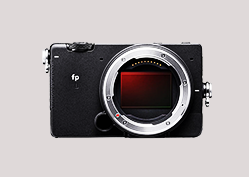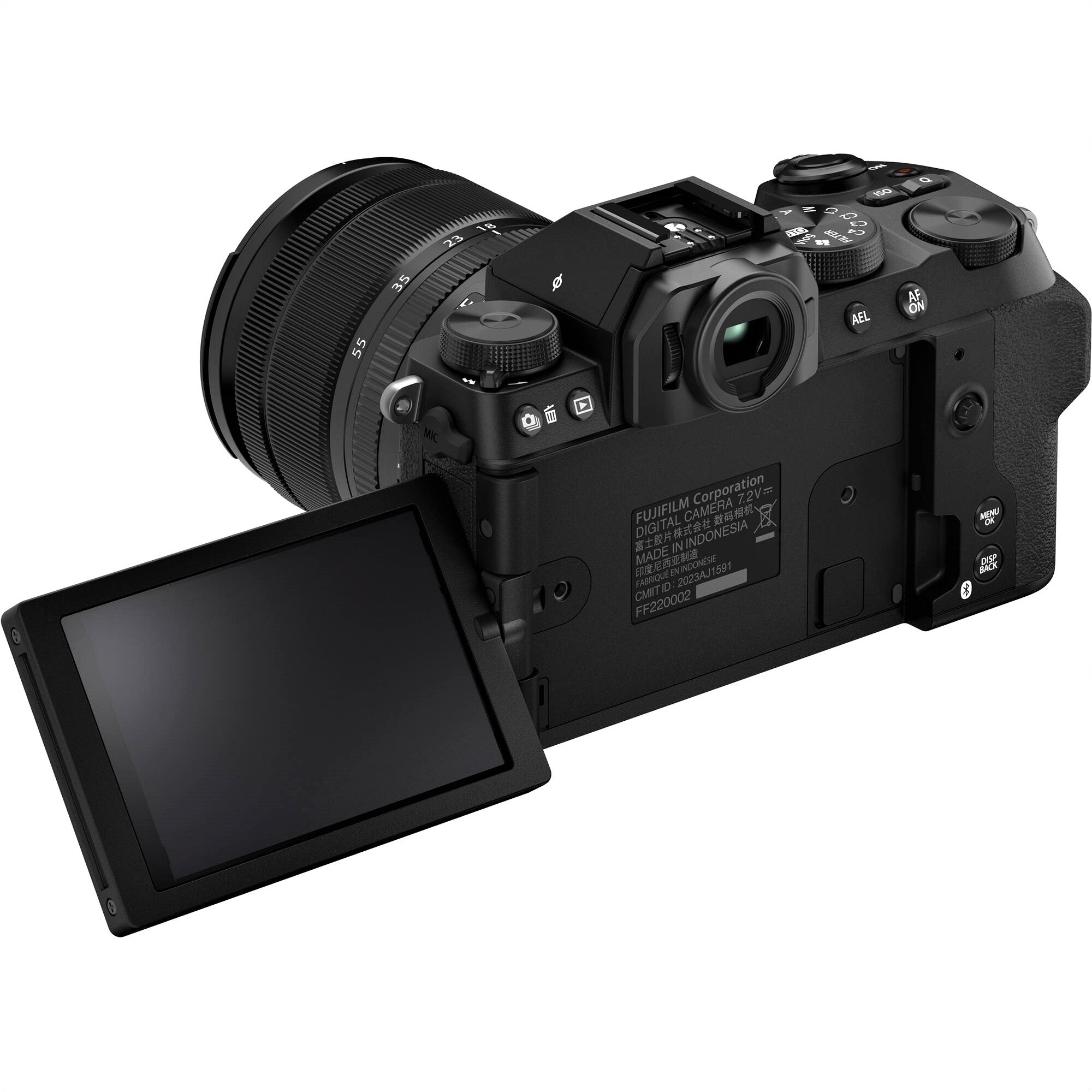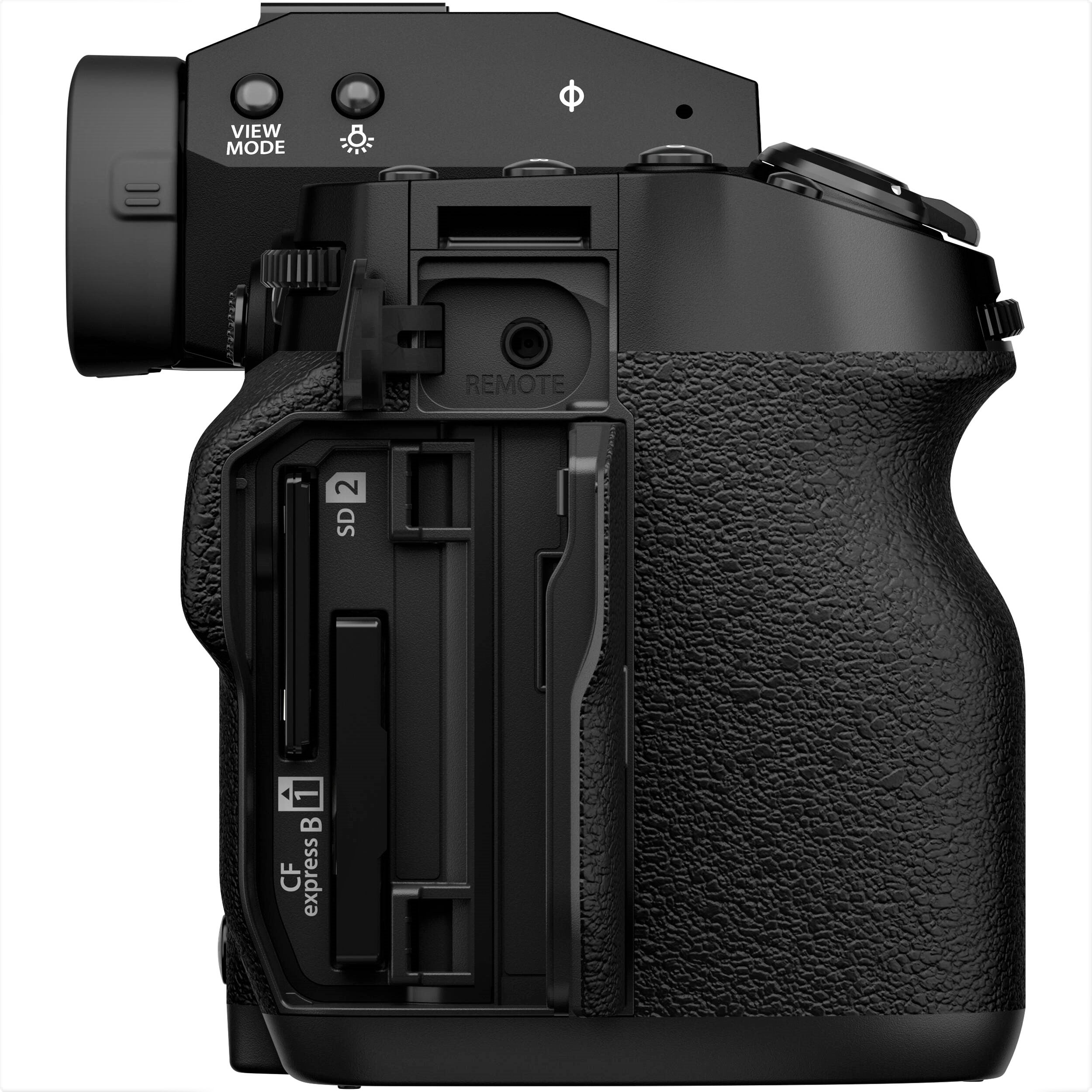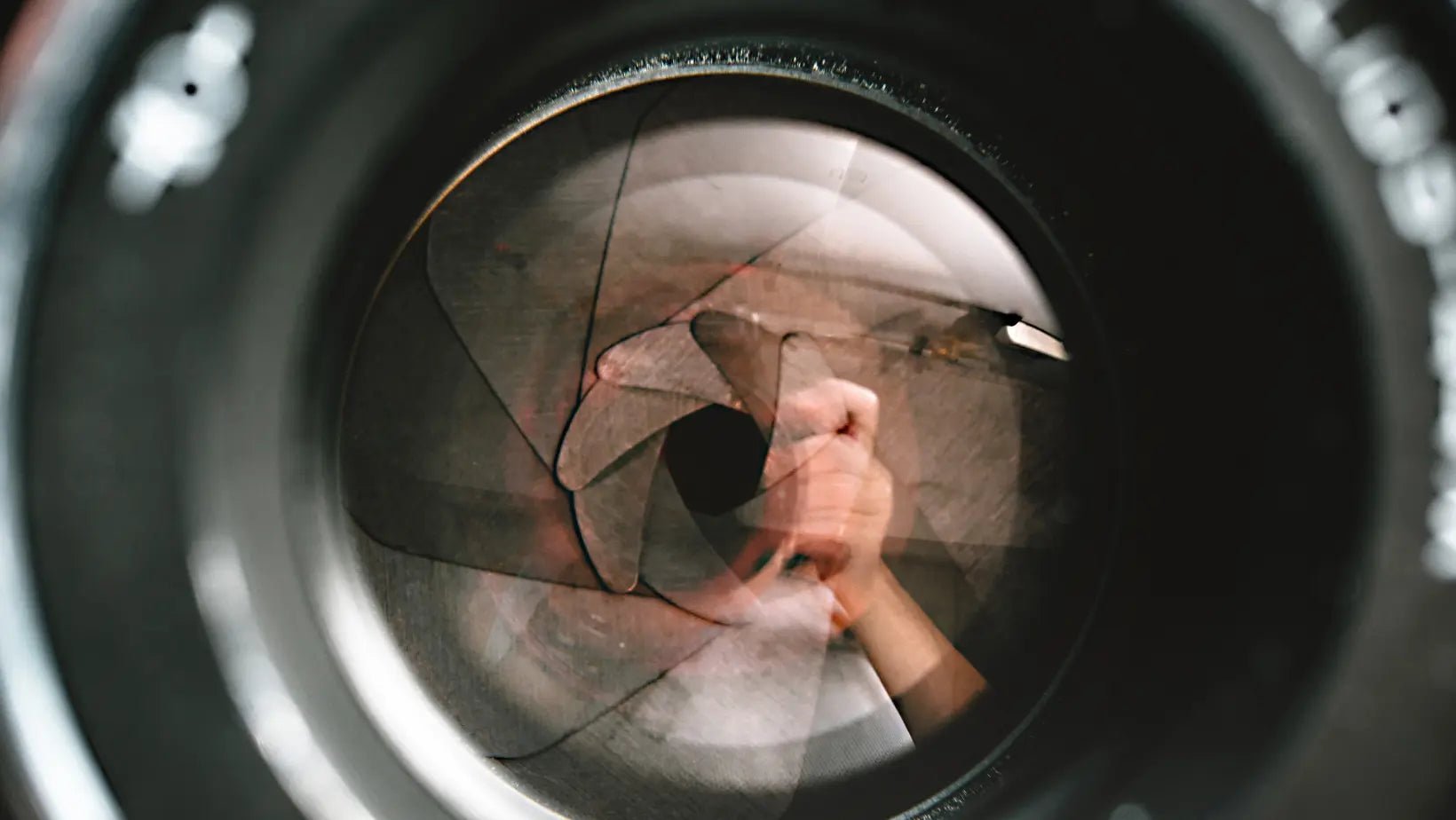Ever found yourself staring up at that epic, star-spangled night sky and thinking, "Wow, I wish I could just snap a pic of this"?
Well, guess what? That's exactly what astrophotography is all about! It's like the coolest mash-up of stargazing and photography. Imagine capturing those twinkling stars, the mysterious swirls of the Milky Way, or even distant galaxies, right from your backyard.
That's right, astrophotography isn't just some fancy hobby; it's your all-access pass to the wonders of the universe.
In this blog, we're going to jump into the awesome world of astrophotography. We'll chat about what it really is (spoiler: it's super cool), uncover some neat techniques that can turn you into a night-sky wizard, and find out why so many people are getting hooked on this stellar adventure.
So, grab your camera (or your curiosity), and let's take a wild ride into the universe, one snapshot at a time!
What is Astrophotography?

Astrophotography is like a cosmic dance of art and science, where we get to snap pictures of the universe's most spectacular shows. Think of it as your camera throwing a party for stars, planets, and galaxies. You could be capturing the swirls of stars moving across the night sky, or getting up close and personal with distant galaxies and those dreamy, colorful clouds of gas called nebulae.
Now, don't get me wrong, this isn't just point-and-shoot photography. It's a bit like baking a perfect soufflé – it needs the right ingredients (your camera and telescope), the right temperature (clear, dark skies), and a dash of patience.
Plus, you've got to know your way around the night sky. It's like being a cosmic chef; you need to know where to find the Andromeda galaxy, or how to catch the Orion Nebula in the perfect light.
But here's the cool part: every time you capture these celestial wonders, you're not just taking a photo; you're freezing a moment in the vast timeline of the universe. And that, my friends, is pretty awesome.
Gearing Up for the Stars

So, you're ready to capture the cosmos, but where do you start? Right here, my friend – with the gear. Astrophotography is like a culinary art; you need the right ingredients (equipment) to cook up something amazing.
Let's break it down, shall we?
Picking the Perfect Camera

Starting with photography, especially when capturing the night sky, doesn't require the most high-end equipment. A simple DSLR or mirrorless camera is more than enough to get you going. What really matters is using the manual mode on your camera.
This feature allows you to adjust the exposure settings yourself, which is crucial for night sky photography because it helps you manage the light and capture those stunning celestial scenes effectively.
And if you're just dipping your toes into the waters of photography and aren't ready to invest in a camera yet, no worries! Your smartphone can serve as a great starting point. Modern smartphones are equipped with increasingly sophisticated cameras that offer manual controls and can produce surprisingly good results.
So, whether it's with a dedicated camera or the phone in your pocket, you're well-equipped to start capturing the beauty of the night sky!
Telescopes: Your Window to the Stars

our personal backstage pass to the stunning spectacle of the night sky. Telescopes come in a variety of types, each suited to different levels of stargazing enthusiasm and expertise. For those just starting out, refracting telescopes are an excellent choice. They're straightforward and user-friendly, perfect for getting a clear view of the moon and planets.
For the more adventurous and experienced astronomers, reflecting telescopes offer advanced features and stronger magnification, allowing you to explore deeper into the cosmos.
If you're not ready to invest in a telescope just yet, don't worry. You can begin your astronomical journey with a good camera lens. Many cameras have powerful zoom capabilities that can capture impressive shots of celestial events and objects.
This can be a great way to dip your toes into astronomy and start capturing the beauty of the night sky without a big upfront investment.
Mounts: Keeping It Steady

Steady equipment is crucial in astrophotography because even the slightest movement can blur the stars and planets you're trying to capture. The first step to stabilizing your camera for these night sky shots is using a reliable tripod, which serves as your essential support system. As you get more involved in astrophotography, you might consider upgrading to an equatorial mount.
These specialized mounts are designed to align with the Earth's axis of rotation. This alignment allows them to track the movement of the sky precisely, keeping the stars and planets perfectly framed over long exposure times. This way, your celestial subjects stay sharp and well-defined in your photographs. Isn't that impressive?
The Little Extras
Here's the cherry on top when it comes to astrophotography—accessories! Think of items like remote shutter releases and intervalometers, which are fantastic for capturing those mesmerizing time-lapses.
Then, there are filters that help minimize light pollution, ensuring the stars and celestial bodies pop in your photos. These accessories are like the secret ingredients that can really enhance your astrophotography skills.
The key here isn't about splurging on the most expensive equipment, but rather mastering the use of what you already have. Start with the basics, play around with different techniques, and add to your gear as you grow more confident and experienced.
Astrophotography is more of a marathon than a sprint—it's a rewarding pursuit that invites you to evolve over time. So, gear up, step outside, and let the night sky be your ultimate canvas. Enjoy the journey and let the stars guide you!
Techniques and Tips for Capturing the Cosmos

Astrophotography offers a captivating experience for photographers who are passionate about the night sky. It goes far beyond simply aiming your camera upwards and snapping photos.
Instead, it involves a blend of art and science, requiring you to master various techniques tailored to capturing the unique beauty of celestial bodies.
By exploring these methods, from long exposures to track star movements to using filters that enhance distant galaxies, you can significantly enhance your skills and results in astrophotography.
It's an exciting field that combines technical know-how with creative expression, making each photograph a discovery in itself.
Chasing Star Trails with Long Exposure Photography
Have you ever seen those stunning photographs where the stars seem to be swirling around in the sky? That magic is created using a technique called long exposure photography. This method involves allowing your camera to absorb light for an extended period.
Here’s the interesting bit: as the Earth spins on its axis (yes, it’s constantly moving!), the stars aren’t actually circling in the sky; it's the Earth's motion that creates the illusion of the stars moving in graceful, elongated arcs in your images.
This technique lets you capture the beauty of starlight as if it were gracefully dancing across the night sky. And the best part?
You don’t need the fanciest gear to get started. With just a decent camera, a tripod to keep your shots steady, and a little patience, you can capture some truly breathtaking images of the celestial dance.
It’s a wonderful way to experiment with photography and see the night sky in a new light.
Snapping Planets with High-Speed Cameras
If your interest leans more towards photographing planets, you're entering a distinctively different realm of photography. Planets appear as small, luminous points in the vastness of space, unlike stars which often streak across the sky in long, graceful trails.
To effectively capture the intricate details of these celestial bodies, a high-speed camera is essential. But why a high-speed camera?
Well, despite their distant appearance, planets are constantly in motion. Using a high-speed camera helps in capturing these subtle movements sharply, avoiding any unwanted blur in your photos.
This approach is similar to photographing a swiftly moving vehicle; to freeze the moment perfectly, you need a camera capable of quick shutter speeds. By selecting the right equipment and fine-tuning your camera settings, you can achieve remarkably clear and detailed images of planets.
This not only enhances the visual impact of your photos but also allows you to observe and appreciate the unique characteristics of each planet.
Tips and Tricks to Enhance Your Skills
Getting into astrophotography can feel a bit overwhelming at first, but hey, every expert was once a beginner! Here are a few quick tips:
- Start with the moon: It's the easiest celestial object to photograph.
- Play with settings: Don't be afraid to experiment with different shutter speeds and apertures.
- Use apps: There are tons of apps out there that can help you track stars and planets.
- Practice makes perfect: The more you shoot, the better you'll get. So, keep clicking!
Astrophotography is an adventure. It's about exploring the night sky, experimenting with your gear, and capturing some of the most stunning phenomena the universe has to offer. So, grab your camera, find a dark spot, and start shooting the stars. Who knows what amazing images you'll capture!
Challenges and Overcoming Them

Alright, let's talk about the tricky bits of astrophotography. Just like trying to get that perfect selfie in low light, astrophotography has its own hurdles. First up, light pollution. It's like trying to spot stars from a brightly lit city street – not easy, right?
Those city lights can really wash out the glory of the night sky, making it tough to capture those stunning celestial shots.
Then there’s the weather. It can be as unpredictable as a plot twist in your favorite series. One minute it’s clear skies, and the next, you’ve got clouds rolling in, blocking your view of the stars. It’s like planning a picnic and then, boom, rain!
And don't get me started on the technical stuff. It's not just point-and-shoot; there's a whole lot of gear and settings to figure out. You’ve got to juggle cameras, lenses, telescopes, and sometimes even computer software. It can feel like you need a degree in Rocket Science!
But here’s the cool part: these challenges? Totally beatable. With a bit of know-how and some good old persistence, you can get past these hurdles. Finding darker skies away from city lights, planning your shoots around clear weather, and getting comfy with the tech can turn these obstacles into just part of the adventure.
It’s all about that attitude and willingness to learn and adapt. So, don’t let these challenges scare you off. Embrace them, and you’ll be capturing those awe-inspiring cosmic moments in no time!
Astrophotography as a Community
Astrophotography is so much more than just snapping pictures of starry skies; it's about being part of a tribe that's as passionate about the cosmos as you are. Imagine a bunch of space enthusiasts, from all walks of life, coming together to share their awe and experiences. That's the astrophotography community for you!
Now, let's talk about the places where these star-chasers hang out. Online forums are like digital campfires where everyone gathers to swap stories, tips, and, of course, their stunning celestial captures.
Whether you're a newbie looking for advice on your first telescope or a seasoned pro discussing advanced imaging techniques, these forums are treasure troves of information and support.
But hey, it's not all happening in the digital world. Local astrophotography clubs are where the real magic happens. Picture this: a group of astronomy buffs, all set up with their gear, under a starlit sky, sharing not just telescopes but also laughs and hot cocoa.
These clubs often organize star parties (yep, that's a thing!), workshops, and observation sessions. It's a fantastic way to learn, hands-on, and make some lifelong friends who share your fascination with the universe.
Connecting with these fellow space enthusiasts is not just about learning how to take better photos. It's about sharing experiences, celebrating each other's successes (like finally nailing a shot of Saturn's rings), and sometimes just geeking out about the latest space news.
The community aspect of astrophotography adds a whole new layer of joy to this hobby. It's about being part of a global network of people who look up at the night sky and see endless possibilities.
So, if you're thinking about dipping your toes into the world of astrophotography, remember, you're not just picking up a new hobby; you're joining a family. A family that's always ready to welcome another star-lover with open arms and a wealth of knowledge to share.
Conclusion
Astrophotography is more than just a technical pursuit; it's a passion that connects us with the universe in a unique way. By capturing the night sky, we not only document the beauty of the cosmos but also deepen our understanding of our place in it.
Whether you're a beginner or an experienced photographer, the world of astrophotography welcomes you.
So, grab your camera, look up, and start your journey among the stars. Remember, every shot you take is a personal connection to the vast universe above us.
Visit Nuzira and join our Discord community to learn more about Astrophotography!






